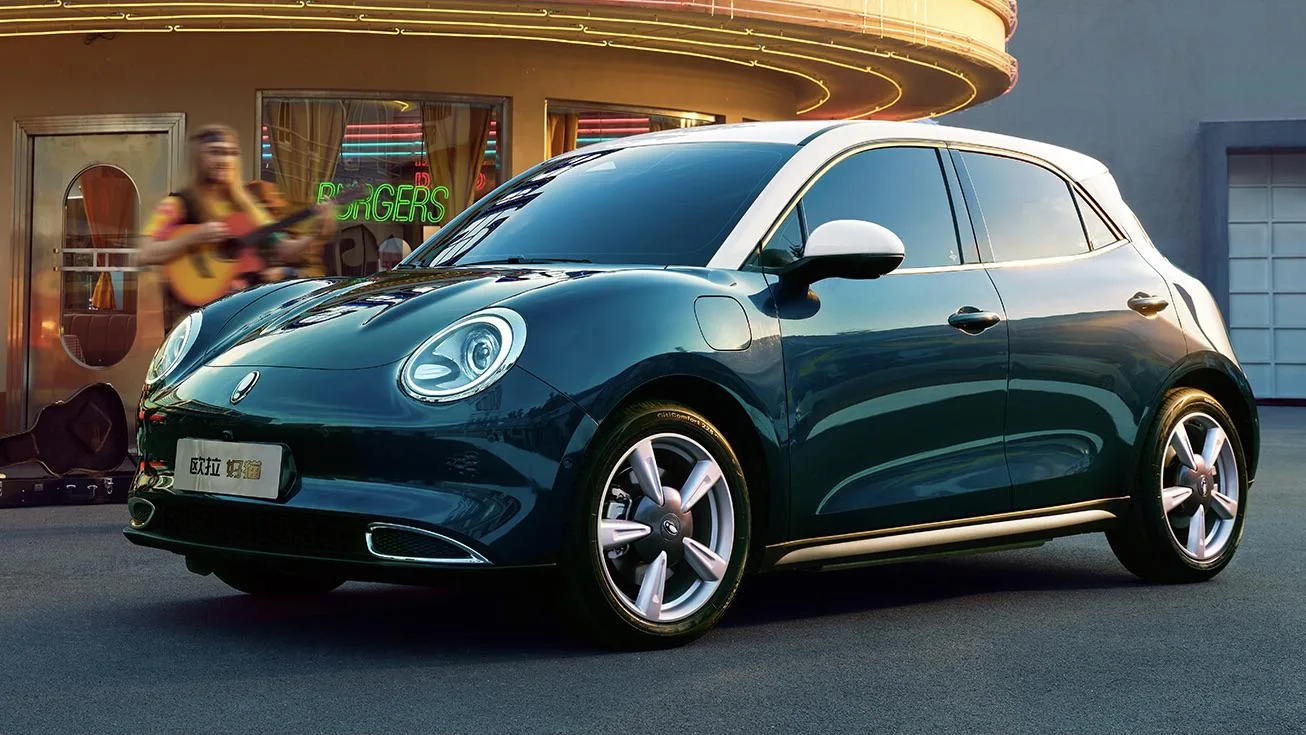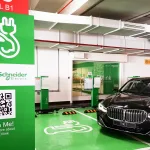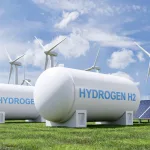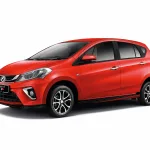Malaysia’s Electric Car Revolution:

Driving Toward a Greener Future
eyesonmalaysia
Introduction
As the world shifts toward sustainable energy solutions, Malaysia is poised to play a significant role in the electric vehicle (EV) revolution. With a growing economy and a commitment to environmental stewardship, the country is embracing green technologies. In this article, we explore the most popular electric cars in Malaysia, their affordability, and the nation’s path toward a cleaner future.
1. Affordable EVs in Malaysia
Malaysia offers several affordable electric cars that cater to a wide range of consumers. Let’s take a closer look at some of the most popular options:
1.1 Ora Good Cat

- Price Range: RM 139,800 – RM 169,800
- Range: 400 km – 500 km
- The Ora Good Cat, launched by Great Wall Motors, comes in two variants: the 400 Pro and the 500 Ultra. Both models feature an electric motor with 143 hp and 210 Nm of torque. The 500 Ultra boasts a larger 63.1-kWh battery, providing a generous 500 km range. Charging options include a 6.6 kW AC charger and a 60 kW DC charger1.
1.2 BYD Atto 3

- Price Range: RM 149,800 – RM 167,800
- Range: 345 km – 420 km
- BYD’s Atto 3 offers two versions: Standard and Extended. Both models share a 201 hp electric motor. The Standard trim features a 49.92-kWh battery, while the Extended version has a larger 60.48-kWh unit. These EVs are well-suited for urban commuting and come with convenient charging options1.
1.3 Nissan Leaf

- Price: RM 168,888
- Range: 311 km
- The Nissan Leaf, a global favorite, made its way to Malaysia recently. With a single variant, it offers a comfortable range of 311 km. The Leaf is available for purchase or through a subscription model, making it accessible to a broader audience1.
2. Malaysia’s Green Business Building Opportunity
Malaysia recognizes the economic potential of green technologies. Here are key themes driving the country’s green business growth:
2.1 Carbon Capture and Storage (CCS)
- Malaysia aims to be a regional hub for CCS. Its depleted gas fields provide ideal storage sites, and existing oil and gas infrastructure can be repurposed. Tax incentives and government support further boost CCS development2.
2.2 Nature-Based Solutions
- Leveraging its natural resources, Malaysia explores nature-based solutions such as reforestation, wetland restoration, and sustainable land management. These efforts contribute to carbon sequestration and biodiversity conservation.
2.3 Renewables and Biofuels
- The country promotes renewable energy sources like solar and wind power. Biofuels derived from palm oil waste offer an alternative to fossil fuels.
2.4 E-Mobility and Hydrogen
- Malaysia encourages electric mobility and researches hydrogen fuel cells. Investments in EV infrastructure and hydrogen production pave the way for a cleaner transportation sector.
Conclusion: A Sustainable Path Ahead
Malaysia’s commitment to net-zero emissions, coupled with its green business initiatives, paints a promising picture. By embracing renewable energy, enhancing energy efficiency, and fostering innovation, Malaysia is driving toward a diversified, globally competitive, and environmentally responsible future3. As more Malaysians adopt electric vehicles, the nation’s journey toward sustainability gains momentum. 🌿🚗









